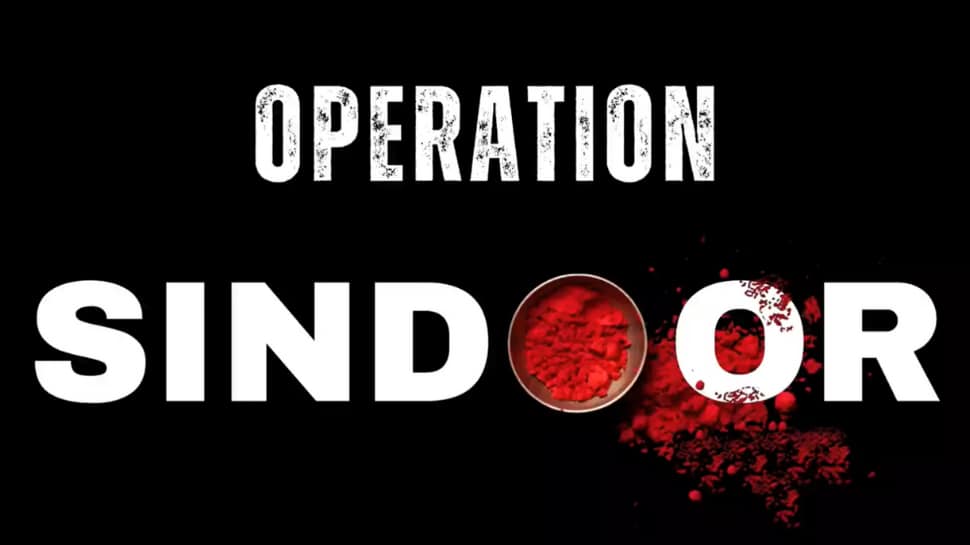How India's 'Operation Sindoor' Showcases Cutting-Edge Military Tech & Precision Strikes

India's recent military operations, particularly 'Operation Sindoor,' are generating significant discussion and analysis, not just for their strategic impact, but also for the innovative use of technology. What sets this operation apart is the sophisticated integration of modern weaponry, specifically loitering munitions (often referred to as suicide drones) and a multi-vector platform approach. This allows for unprecedented precision and simultaneous targeting across multiple sectors, fundamentally shifting the dynamics of modern warfare.
The Rise of Loitering Munitions
Loitering munitions are a relatively new development in military technology. Unlike traditional missiles, these 'drones' can loiter in an area, searching for targets before autonomously engaging. This capability provides a significant advantage in situations where target identification is difficult or requires prolonged surveillance. 'Operation Sindoor' appears to have made extensive use of these, allowing Indian forces to react quickly and decisively to emerging threats. The key benefit lies in their ability to delay engagement until positive target identification is confirmed, minimizing collateral damage and maximizing effectiveness.
Multi-Vector Platform Integration
Beyond the use of loitering munitions, the operation’s success is also attributed to the integration of multiple vector platforms. This means utilizing a combination of aerial, ground, and potentially even naval assets to gather intelligence, coordinate attacks, and provide support. This layered approach creates a complex and adaptable network, making it difficult for adversaries to anticipate or counter Indian actions. The seamless communication and data sharing between these platforms is crucial; it ensures real-time situational awareness and allows for rapid decision-making.
Deep Strikes & Simultaneous Targeting
The ability to target deep into enemy territory and simultaneously across multiple sectors is a hallmark of 'Operation Sindoor'. This is directly enabled by the precision of loitering munitions and the coordination provided by the multi-vector platform integration. Previously, such simultaneous attacks would have required a massive commitment of resources and posed significant logistical challenges. The use of drones drastically reduces these challenges, allowing for smaller, more agile units to achieve significant operational effects. This capability also demonstrates India's growing capacity for asymmetric warfare, where it can leverage technology to offset potential disadvantages in sheer numbers.
Strategic Implications & Future Trends
The lessons learned from 'Operation Sindoor' are likely to shape India’s future military strategy and procurement decisions. The emphasis on precision, technology, and network-centric warfare is clear. Other nations are also closely observing India’s advancements, and we can expect to see increased investment in similar technologies worldwide. The rise of loitering munitions and multi-vector platform integration represents a fundamental shift in the nature of modern conflict, demanding new approaches to defense and strategic planning. Furthermore, the ethical considerations surrounding the use of autonomous weapons systems will continue to be a subject of intense debate and scrutiny. India's experience with 'Operation Sindoor' provides valuable insights into both the potential benefits and the potential risks of these emerging technologies.
In conclusion, 'Operation Sindoor' isn't just about achieving specific military objectives; it’s a demonstration of India's growing technological prowess and a glimpse into the future of warfare. The combination of precision weaponry, integrated platforms, and strategic adaptability makes this operation a significant case study for military planners and analysts around the globe.





